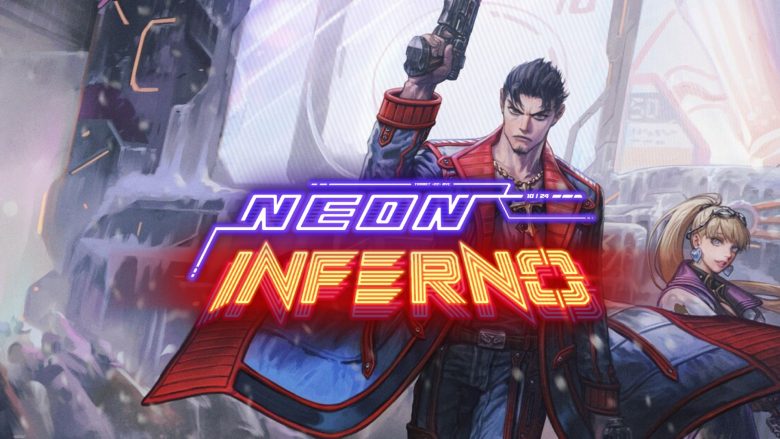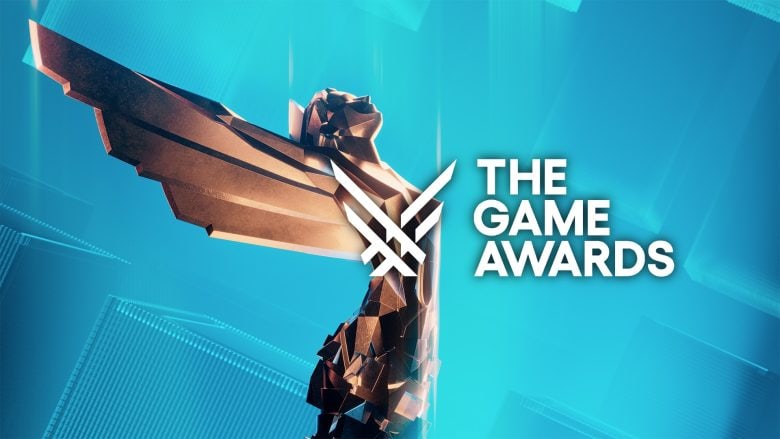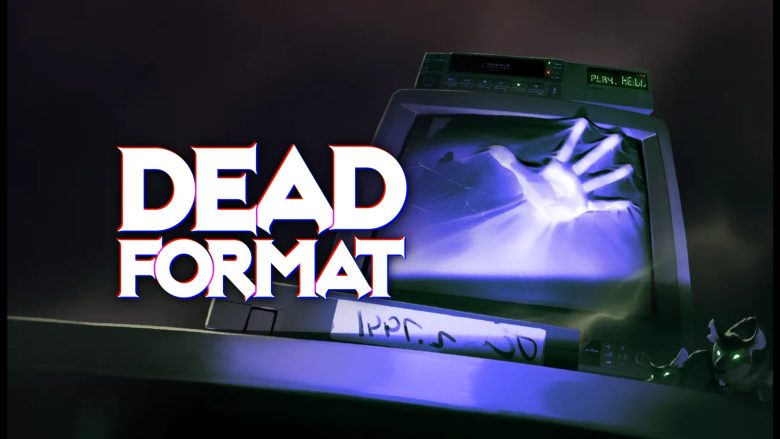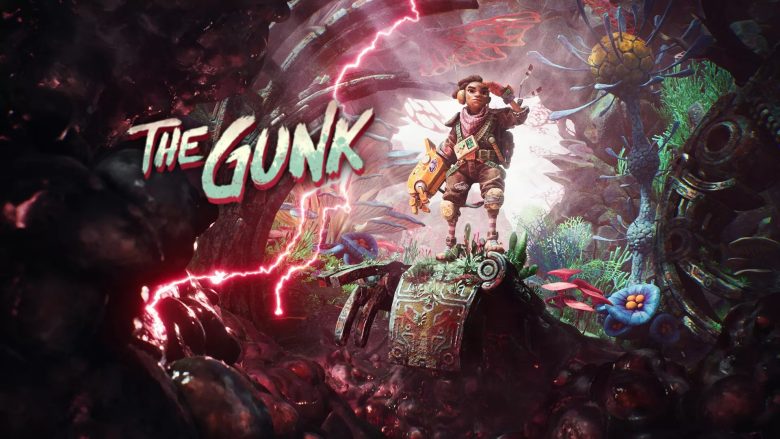Venture into the darkness enveloping the realm of Yomi and assist young Momotaro in rescuing his mother in this dark and mystical world ruled by Kami and Yōkai, inspired by Japanese folklore and mythology.

Once upon a time, the world was a peaceful place. Families lived quietly in their homes, and children roamed freely, playing in the streets, confident that nothing could disrupt their happiness and carefree spirit.
But now, that once-vibrant land, symbolic of life, fertility, and nourishment, has vanished. An abhorrent curse has seized control, blurring the line between the physical and spiritual realms until it collapsed entirely. The fracture, an unspeakable event merging the earthly and otherworldly dimensions, has ensnared humanity in a brutal demonic grip, infested by Yōkai and ruled with an iron fist by the Kami, the newfound and unchallenged rulers of these lands.
This is the destiny humanity bears witness to – a world where the luckiest are rewarded with the gift of death, while those reckless enough to alter the course of events are met with eternal torment.
This is the ominous narrative backdrop through which we introduce Momogatari, a captivating and promising 2D combat-focused Metroidvania developed by Sentori Studio and Vivien Rakotonirina. Drawing inspiration from Japanese mythology and folklore, the game follows the journey of Momotaro, a young boy who embarks alone into the dark realm of Yomi in search of a cure to break the curse afflicting his poor mother.
The Japanese Folklore and Mythology in Momogatari
The dramatic and dark opening of Momotaro’s story, albeit brief, allows us to explore essential details about its primary elements, references, and nods to Japanese culture that inspired the creators in shaping the game’s core structure.
As mentioned, the story of our young warrior begins in Yomi (黄泉), the setting that serves as the backdrop to Momogatari’s lore, a realm particularly emblematic and important in Japanese folklore and Shinto mythology. Known as the “Land of the Dead” – or if you prefer, the “World of Darkness” – it’s where the deceased spend their afterlife. This realm holds deep symbolism in Japanese folklore, with legends suggesting that once someone crosses the threshold of Yomi and partakes from its hearth, it is nearly impossible to return to the land of the living.
Clearly, we are not yet aware of how the developers intend to use Yomi, and, more importantly, how the World of Darkness will be reinterpreted and represented in Momogatari. The impression we have is that Sentori Studio and Vivien Rakotonirina may have undoubtedly drawn inspiration from it, but given it a different purpose—intended to be more of a transitional land, a kind of limbo for Momotaro, connecting the human world to the spiritual one—without trapping the young hero in what is canonically considered the true Underworld. After all, how else would poor Momotaro emerge unscathed from it?

Besides the Yōkai and Kami, which we’ll briefly discuss in the next paragraph, there’s another element, or rather, a character—an icon from Japanese popular culture that the developers—let’s use the conditional here because we’re not certain—might have drawn inspiration from.
We’re referring to Momotarō (桃太郎), a popular hero of Japanese folklore who bears a resemblance, at least in appearance and attire, to the protagonist of Momogatari. Commonly translated as “Peach Boy,” or more literally, from the combination of the words “Momo” (Peach) and “Tarō” (eldest son in the family), Momotarō is a very popular character in Japanese folklore. According to legend, in the “Standard Type” myth—of which we’ll only provide a brief excerpt regarding his birth—he was born from a giant peach found floating down a river by an old, childless woman washing clothes there. When the woman and her husband attempted to open the peach to eat it, they discovered the child inside, who explained that he had been bestowed by the gods to be their son. They named him Momotarō, a term derived from the combination of “momo” and “tarō,” as previously explained.
The “Standard Type” myth of Momotarō’s birth became a cornerstone of Japanese popular culture, initially through oral tradition in the Muromachi period, before reaching its peak in popularity during the Edo period, during which the first written accounts of the Momotarō legend emerged. Subsequently, it was during the Meiji period that Momotarō became a focal point of Japanese culture, with the story being printed and included in textbooks distributed in schools.
It’s uncertain how, or indeed if, the developers have decided to draw inspiration from the legend for the characterization of the protagonist in Momogatari, or if they have taken a completely different approach, one unrelated or even in contrast to the Momotarō of legend.
Momotaro and the Art of the Sword
Inspired by top-tier video games that have redefined the Metroidvania sub-genre, notably Hollow Knight, the masterpiece by Team Cherry, Momogatari is a fast-paced and immersive 2D Metroidvania focused on intense sword-fighting combat.

Featuring intense and tight platforming sections that will challenge players to hone their reflexes, concentration, and control over the protagonist’s movements and attack patterns, Momogatari is set in a vast interconnected world, filled with deadly traps, breathtaking landscapes—be wary not to fall into the void while admiring the scenery—and a complex and vast cast of enemies inspired by Japanese mythology and culture, the Yōkai.
And you know, perhaps it’s here that our interest comes into play, understanding which Yōkai the developers’ choices will fall upon. In our view, this is the aspect of the game where the creators can truly unleash their imagination, given the multitude of options at their disposal and the myriad types of Yōkai found in folklore. From animal Yōkai like the Akugyo (悪魚 or 悪樓), the evil fish that haunt sailors in the waters surrounding Japan, to the fearsome Futakuchi-onna (二口女), the woman with two mouths, to absolutely incredible types such as the Tsukumogami (付喪神), a unique species of object-based Yōkai—animated household objects that, according to legend, after serving their master for nearly a hundred years, are rewarded with their own soul. Not to mention other types of Yōkai, lesser-known yet emblematic, like the net-cutting crustacean Amikiri (網剪) and the Gashadokuro (餓者髑髏), the giant starving skeleton, one of the most unsettling creatures in the entire Japanese folklore.
Of course, as you might have already guessed, the Yōkai we mentioned represent just about 2% of the resources offered by Japanese folklore, an almost boundless reservoir of tales and myths about these captivating creatures that the developers of Momogatari can truly delve into. For a more concrete example, in Japanese folklore, there are approximately 20 different types of Tsukumogami, each serving its own household function, ready to either play pranks or disturb the peaceful mental stability of humans, depending on the object they are destined to possess.
Are you really sure you know how to handle unpredictable animated objects, spiritual manifestations, or defeat a towering, hungry skeleton standing at about 15 meters tall? Well, if you believe you’re capable, you’ll have to put it into practice or at least demonstrate it with controller in hand!

However, our protagonist’s troubles are far from over; in fact, to put it mildly, they’ve only just begun. Yes, because if our hero proves skilled enough to rid himself of the Yōkai, he’ll have to contend with their masters, the Kami—the ancient deities who rule over Yomi with firmness, the obstacle standing between Momotaro and the fulfillment of his mission: saving his mother.
For this reason, mastering the true essence, the beating heart of Momogatari’s gameplay is essential—a complex sword-fighting combat system based on Momotaro’s primary weapon, a powerful sacred weapon that can instantly (or near-instant) change sword types to match enemies and mechanics types. The switching mechanic will be a fundamental ingredient for players’ success, allowing them to tailor their fighting style on the fly and strategically choose the most effective approach for every encountered situation and enemy type.
A crucial aspect to pay close attention to is the sword evolution system, a distinctive mechanic wherein the different swords we wield undergo permanent evolution. And, as you might imagine, this isn’t just important for the appearance or aesthetics of the blades but highly impactful for the quantity and varieties of abilities available to players.


Is mastering the combat system going to be easy? No, quite the opposite, assure the developers; in fact, becoming proficient in all the combat styles present in the game will be extremely challenging, let alone harmonizing and combining them. However, with a good understanding of their uses, the pros and cons of each style, and a firm grasp of the controls, you can create truly devastating combinations.
Therefore, gather plenty of courage, try out the combat style that suits you best, and if you don’t like it, if it doesn’t suit you… change it. In Momogatari, experimentation is key!
Momogatari is coming to Kickstarter
Approaching the conclusion, let’s briefly look at the next plans of Sentori Studio and Vivien Rakotonirina’s upcoming Metroidvania.
Momogatari doesn’t have a release date yet, and no further details regarding a potential release window have been disclosed. The game has been announced for PC (via Steam), and it’s unclear if the developers will also consider working on console versions.
The developers have also recently announced that they will soon launch a crowdfunding campaign on Kickstarter for Momogatari, a significant step for the project’s future, the outcome of which will undoubtedly influence the future roadmap. While the launch date of the campaign remains undisclosed, if you’re interested in the project and eager to support the developers, you can find the link to the Kickstarter campaign preview here. Make sure to follow it to receive a notification once the campaign goes live.
Don’t forget to check out the Momogatari X page to not miss out on insights, trivia, and behind-the-scenes on development, and if you’re interested, add the game to your wishlist on Steam.
That’s all for today. Until next time!









